Shark attacks are big news and hearing of them in the media can often prompt a moment’s hesitation when entering the water. But the chances of being killed by a shark are extremely small, and the odds will only improve further as we better understand the factors that motivate these tragic events.

“IS IT SAFE to swim here?”
Fourteen-year-old lifesaver Damon Kendrick remembers being irritated at being asked this by a neighbour one Sunday in February 1974. “What do you mean, is it safe to swim here?” he replied, although he knew exactly what she meant. A man had been bitten by a shark here, at Amanzimtoti, 24km from Durban in South Africa, the previous month. “It’s a once-in-a-lifetime occurrence,” Damon told his neighbour, explaining that not only were shark attacks extremely rare, but the beach was well protected by shark nets.But just four days later, Damon, who is now 57, woke up in hospital with the memory of doctors telling him that they’d had to amputate. He lifted the sheets and saw that his lower right leg was gone. He’d been bitten during lifesaving drills at the beach he was so confident posed no danger. Over the next 13 months, another three people had run-ins with sharks there, highlighting the fact that mesh nets are much less effective than many people realise.
It would be great to think that in the many years since Damon was bitten, we’d learnt enough about shark attack mitigation that these sorts of encounters no longer occurred, but that’s unfortunately not the case. Paul Gaughan, a community paramedic in Esperance, Western Australia, has attended to two shark-bite victims since 2014, the most recent last April. “The 17-year-old girl had been dragged from the sea, pulseless, with her left leg missing,” he told me. “I still live in hope that I won’t have to attend anything like this again, but I know it’s a real possibility.”
This story is from the March -April 2018 edition of Australian Geographic Magazine.
Start your 7-day Magzter GOLD free trial to access thousands of curated premium stories, and 9,000+ magazines and newspapers.
Already a subscriber ? Sign In
This story is from the March -April 2018 edition of Australian Geographic Magazine.
Start your 7-day Magzter GOLD free trial to access thousands of curated premium stories, and 9,000+ magazines and newspapers.
Already a subscriber? Sign In

SULAWESI SENSATIONS
There are worlds within worlds and marvels untold waiting to be experienced on Indonesia's remote islands.
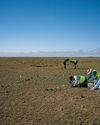
SEARCHING FOR AUSSIE DINOSAURS
Our understanding of where to find ancient life in Australia has been turned on its head by a new appreciation of the country's geology. Now the world is looking to our vast outback as the latest hotspot to locate fossils.
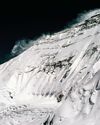
THE HARDEST NIGHT
The first Australian ascent of Mt Everest in 1984 is one of the great feats of mountaineering. Climbed by a small team semi-alpine style, with no bottled oxygen, via the Great (Norton) Couloir, it remains unrepeated 40 years later.
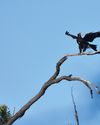
WEDGE-TAILED WONDER
The chance discovery of an eagle nest leads to an extended vigil observing normally hidden behaviours of one of nature's supreme winged marvels.
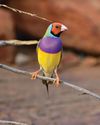
BURDENED BY BEAUTY
Northern Australia's Gouldian finch survives in huge numbers in cages around the world, but its wild population continues to struggle.
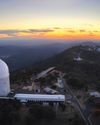
A TELESCOPE FOR A GOLDEN AGE
After a stellar 50 years as one of the country's major scientific assets, the AAT continues to play a major role in keeping Australian astronomy on the world stage.
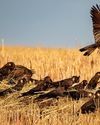
COCKY WHISPERING AT COOMALLO CREEK
This patch of remnant bush on the edge of the West Australian wheatbelt is a place loved by one of Australia's rarest bird species and the man who has studied the site for more than 50 years.

A PIONEERING PAIR
Louisa Atkinson and her mother, Charlotte, were among Australia's earliest authors, and pioneers in women's rights.
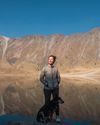
THE LONGEST WALK
Lucy Barnard is walking from Argentina to Alaska -the length of the Americas - on an extraordinary journey of endurance and adventure.
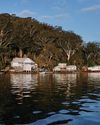
SECLUDED, BUT NOT ALONE
In an era of heightened social isolation, where many of us lead lonely lives, Dangar Island offers the chance to be part of a supportive, connected community.